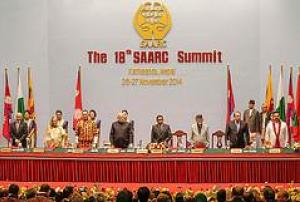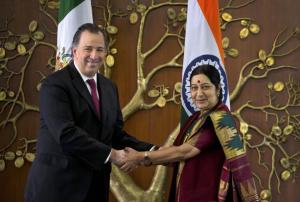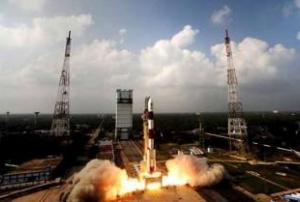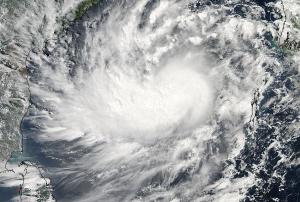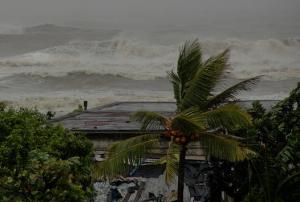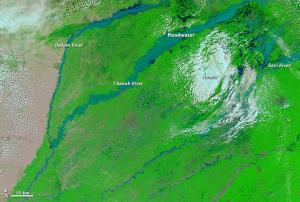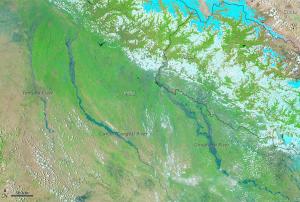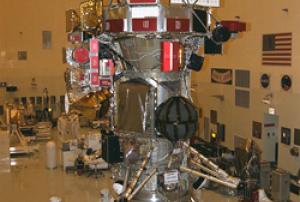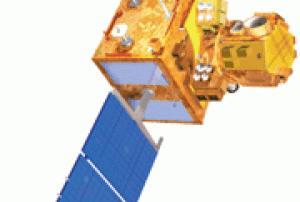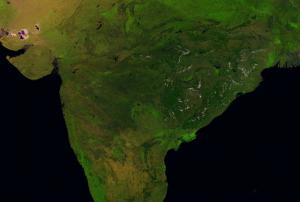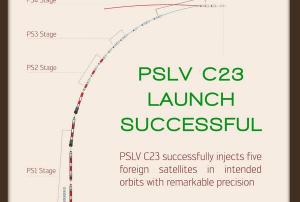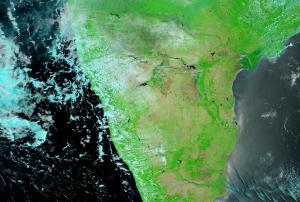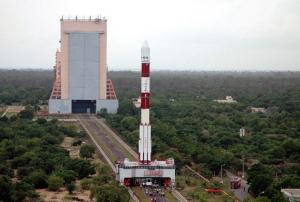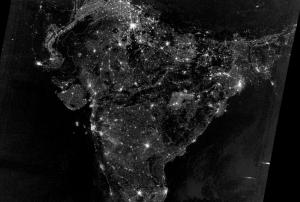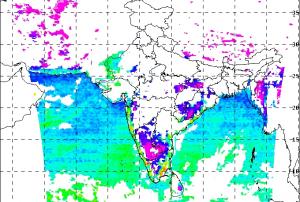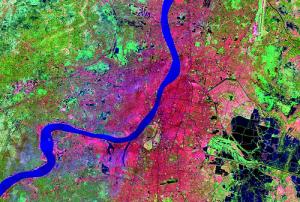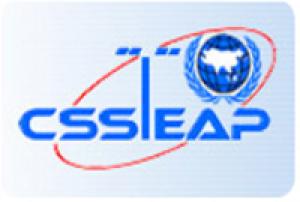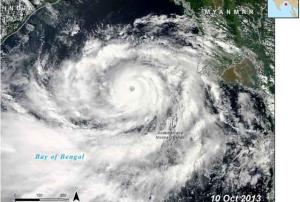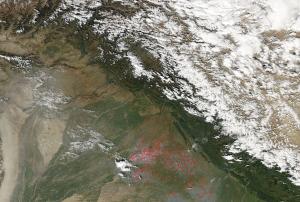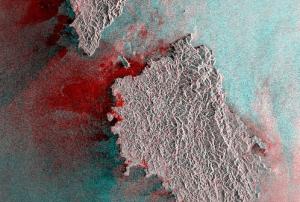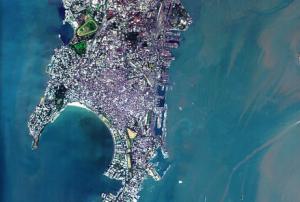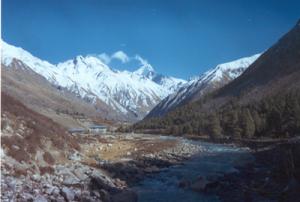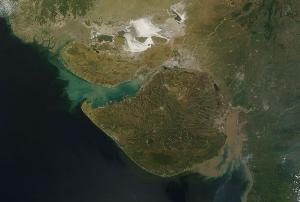The government of the state of Andhra Pradesh in South India announced its considerations of employing satellite technology to provide rural areas with broadband services, including computer networks, television and internet access.
To this aim, a committee chaired by IT advisor J. Satyanarayana and composed of representatives from the National Remote Sensing Centre of the Indian Space Research Organisation (ISRO/NRSC), Intersat, Gilat Satellite Networks, Airtel and Hughes Communications India as well as by the planning department special chief secretary and IT department secretary was established.
The board of experts will explore the opportunities of the extension of satellite infrastructure in remote villages and agrarian regions of the country. Satellite technologies for delivering up to 2 mbps connectivity to remote villages that cannot be connected through fibre due to terrain constraints will be considered.
Among the potential benefits of an improved…
more
